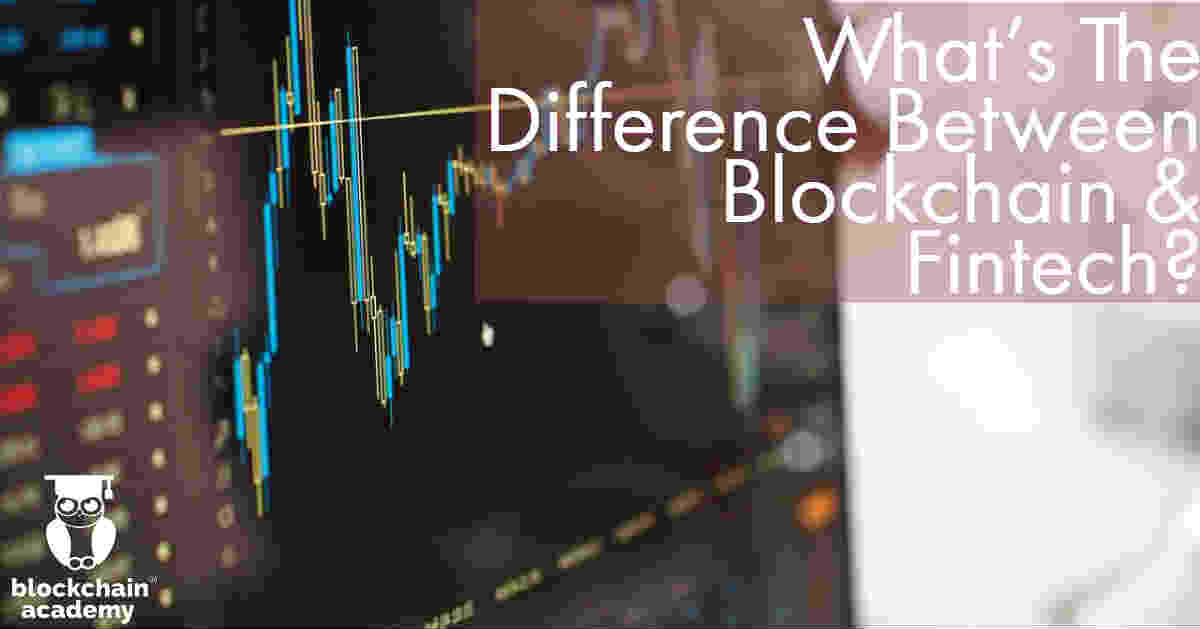Fintech & Blockchain:
Part of the same, but different…
Blockchain, Fintech, surely these are a married couple and one of the same?
Not true and it’s import to distinguish. Whilst blockchain plays an integral part of some Fintech innovations, they are not the same. That said they both have and are playing significant roles in disrupting a variety of industries, not least, finance.
Blockchain:
Blockchain, designed originally for cryptocurrencies applications and therefore, of course, Bitcoin.
The idea was to provide a way for the public to make secure transactions without needing a trusted, centralised authority. As a result, removing cost and tethering to 3rd parties.
Blockchain or distributed ledger technology (DLT) records transactions and data openly. It can’t be altered retroactively without changing all blocks and in agreement with the wider network. Therefore it’s pushing very close to complete immutability, making it resistant to data modification.
Fintech:
Fintech – Financial Technology is new, innovative technologies designed to disrupt traditional financial services. People and companies are using technology to accelerate and improve financial endeavours.
Fintechs by nature are at odds with tradition- and because of this, can be unnerving for authorities such as banks and government. A new approach aimed at being more efficient can have major effects on organisations. Furthermore, they are hard to regulate without a full understanding, and historically, this takes a long time.
These renegade projects belong to existing plc giants and booming startup ecosystem. They’re committed to changing the way we currently do things in finance for the better. Fintech projects are redefining processes and even changing whole business models to drive security and efficiency.
Some examples of fintech include:
Stock trading apps & websites. Peer-to-peer lending. Algorithm-based portfolio advisor services Personal finance management. Budgeting tools.
Fintech has four categories of users:
Business-to-business for banks. Business-to-business for banks’ clients. Business-to-client for small businesses. Business-to-client for consumers.
These two industries are continuing to grow rapidly in size and breadth. Whilst certainly not the same, it seems that they are hand in hand for the moment.
Want to learn more?
In the mean time here’s a video from CNBC around Fintech and Blockchain.

